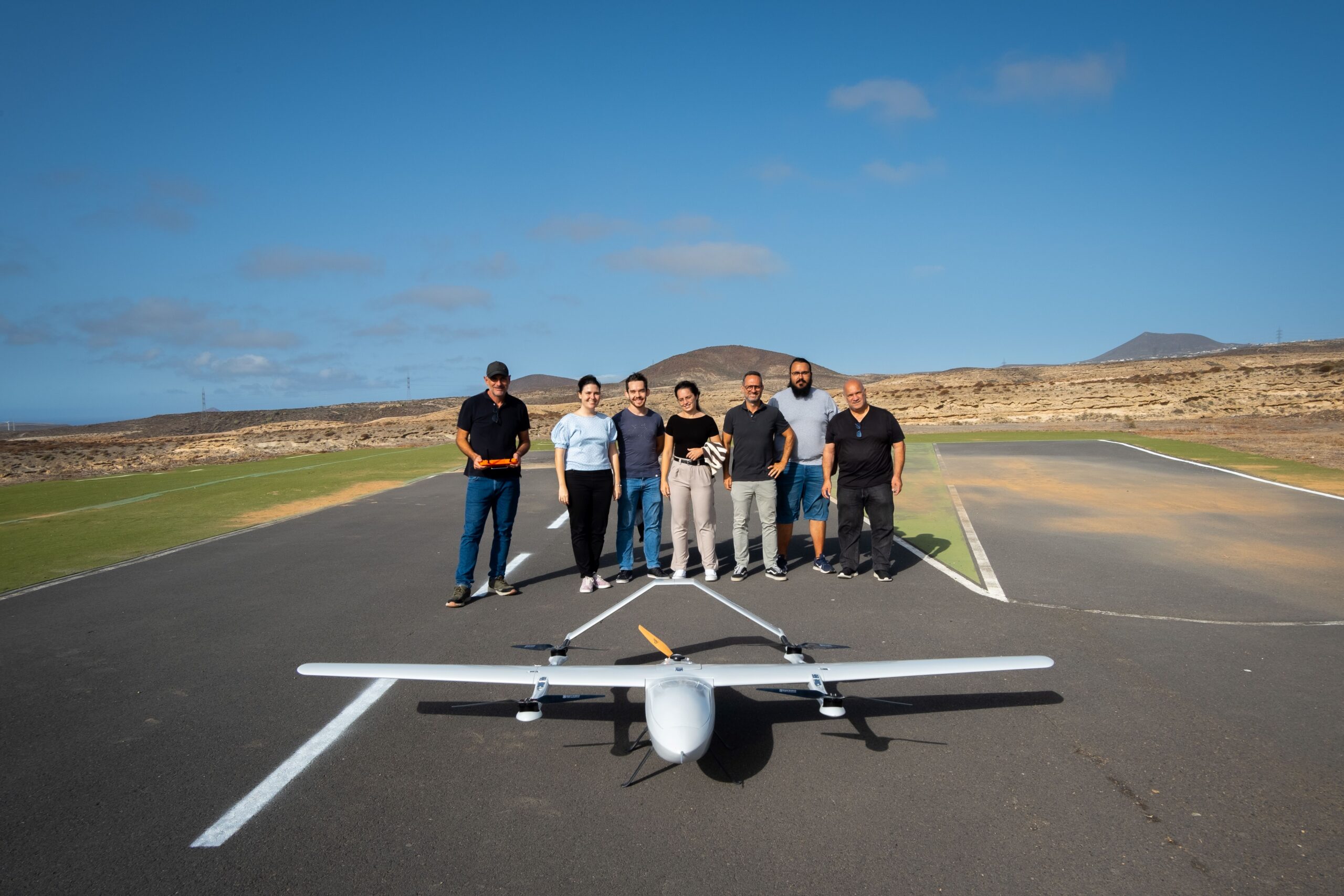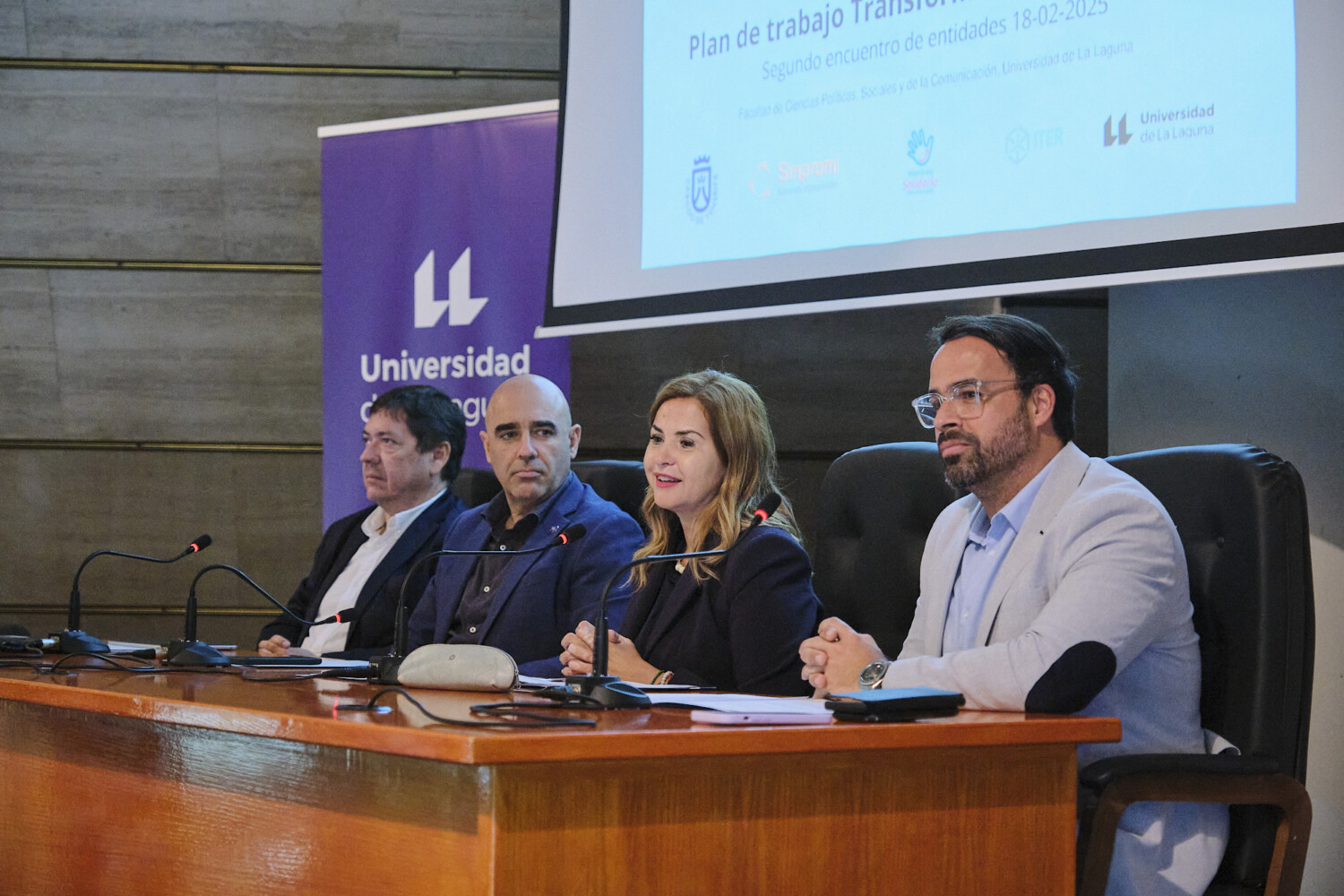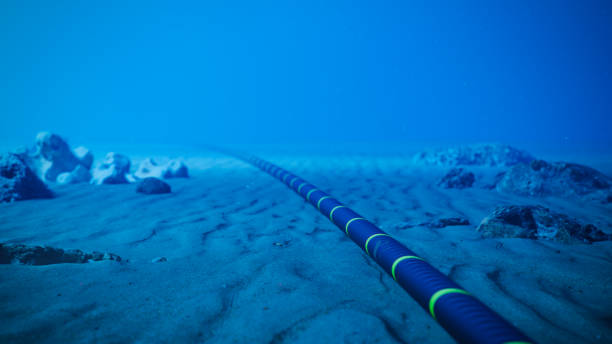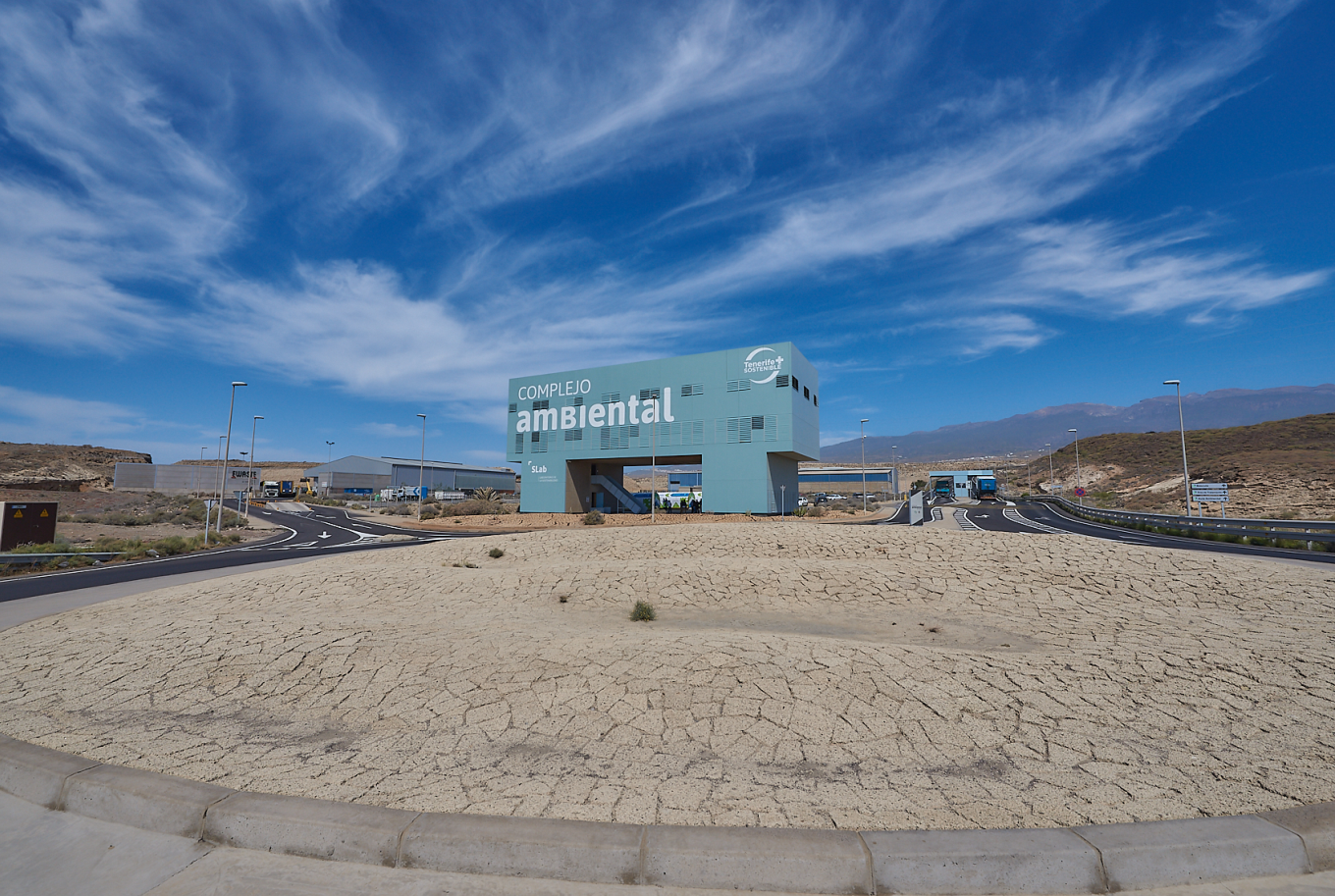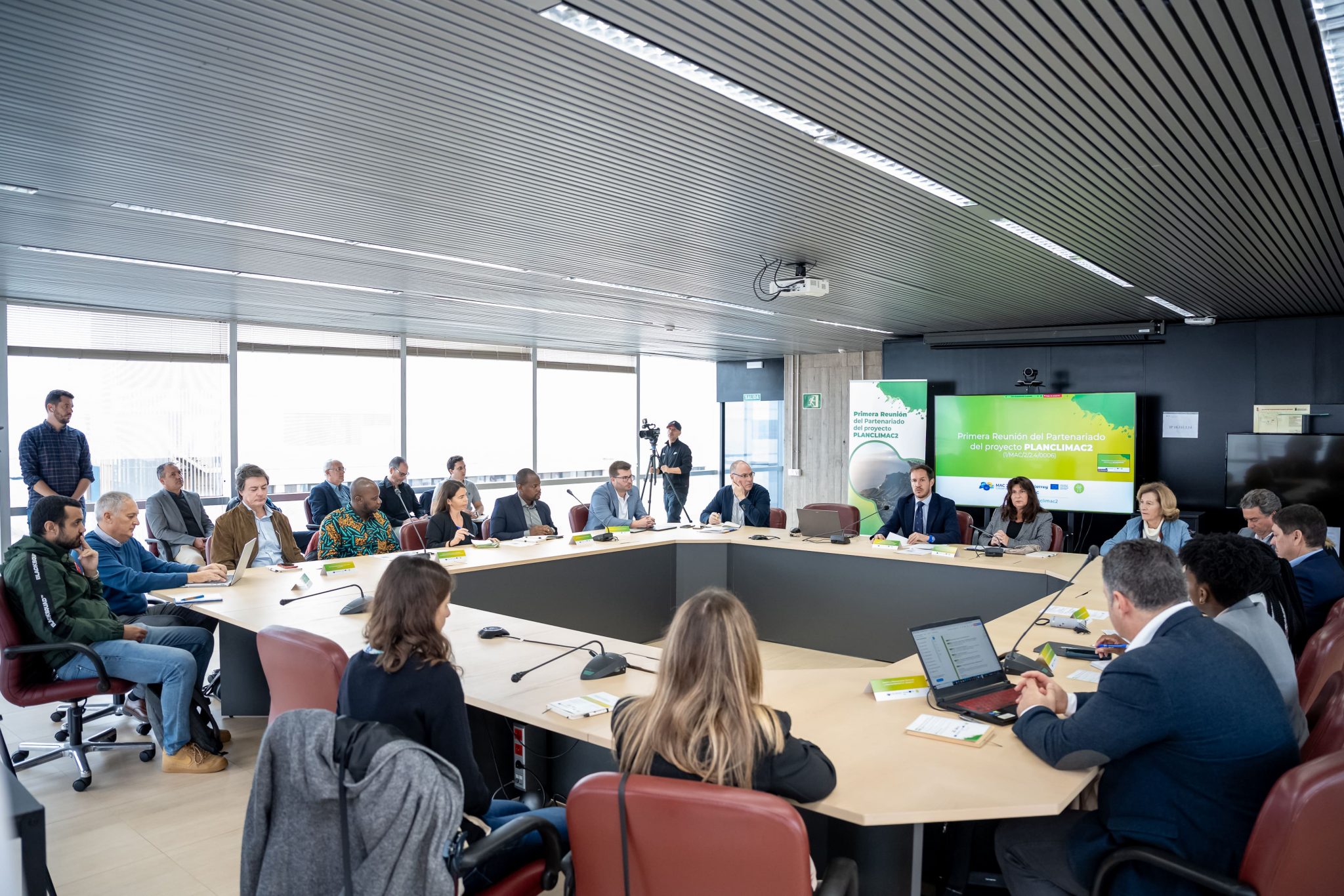ITER is working on the photovoltaic cells to laminate the surface of the wings and give autonomy to the platform and in coordination with the IUMA (ULPGC) will integrate the multispectral sensor developed ad-hoc for pollutant detection.
The research staff of the University Institute of Applied Microelectronics of the University of Las Palmas de Gran Canaria, IUMA, met with the Robotics Department of ITER to coordinate the joint works in the PERSEO project. The objective of this meeting was to jointly perform flight tests and try to define the requirements for the integration of the multispectral sensor being developed by the ULPGC.
For the flight tests, both teams travelled to the Tenerife Aeromodelling Club facilities, in order to assess the energy consumption according to the different flight modes and to carry out validation tests of take-off and landing, collecting consumption data for analysis.
Afterwards, the meeting continued in ITER’s fabrication and modeling workshop where the progress in the preparation and integration of solar cells on the wing surface of the vehicle was presented. It was noted that the patterning and cutting of the solar cells has already been done to optimize the use of all available surface area. The series connectors of the cells have been welded and supported with fiberglass to proceed to the final step, which is the lamination on the surface of the drone.
Finally, the integration requirements of the multispectral sensor in the autonomous aerial vehicle with vertical take-off were discussed. A detailed analysis of power supply needs, integration connectors and protocols, and the need to develop a mechanical interface to exchange and integrate different types of image sensors were discussed. This multispectral sensor is being developed by the IUMA and will allow the detection of contaminants on the sea surface. The project contemplates comparative flights using a commercial sensor, which obtains data in similar bands, as well as the new sensor developed in the PERSEO project, to show the differentiating characteristics between the two and the improvements included in this new design.
The PERSEO – CPP2021-008527 project is co-funded by MCIN/AEI /10.13039/501100011033 and by the European Union NextGenerationEU/ PRTR. It is a Public Private Collaboration 2021 project of the State Plan for Scientific and Technical Research and Innovation 2021-2023 – Ministry of Science and Innovation. The main objective of PERSEO is to develop an autonomous, zero-emission and environmentally friendly aerial platform through the use of solar energy. This platform will be equipped with different sensors specifically developed and will use algorithms based on Artificial Intelligence (AI) integrated in electronic systems capable of executing real-time applications to monitor the ocean.


